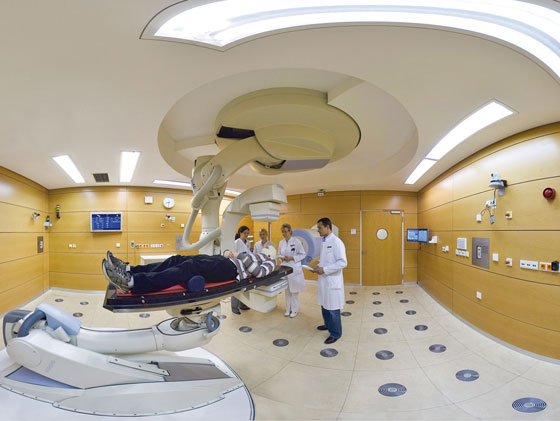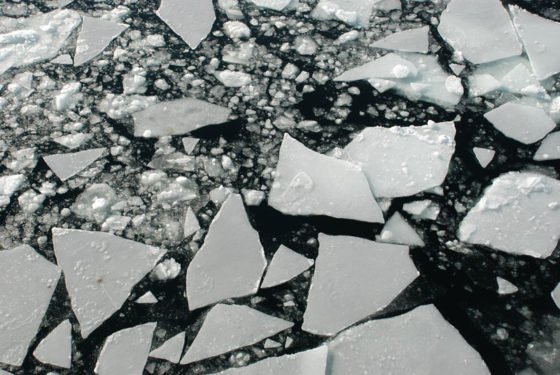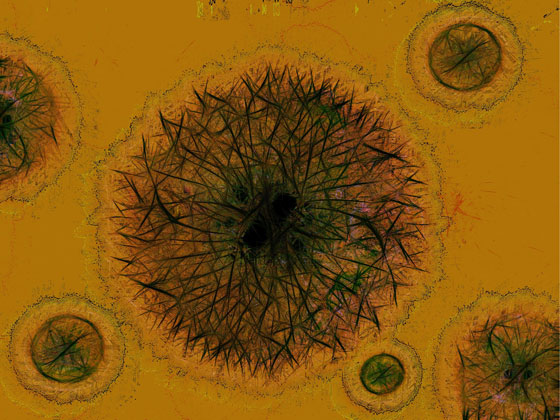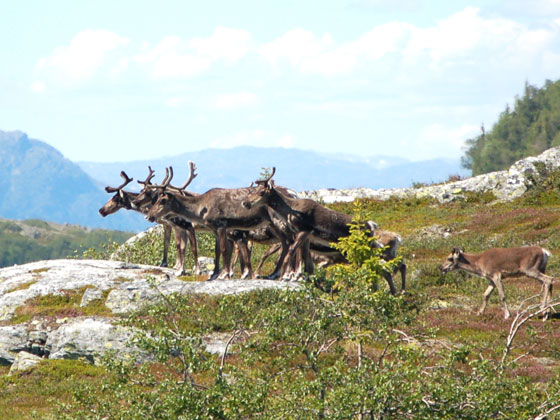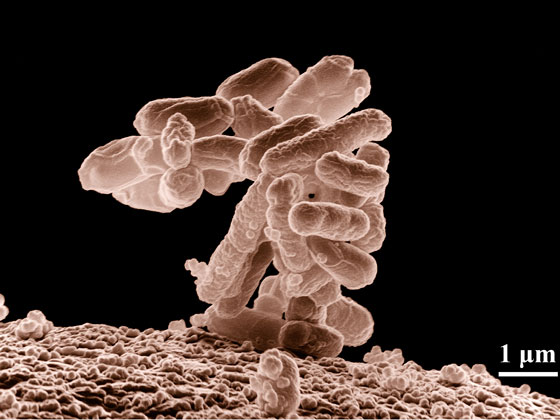Research News
-

New research makes cutting edge cancer treatment more precise
Researchers in Germany have taken an important step towards improving the accuracy of a highly effective radiotherapy technique used to treat cancer. The team, from the German Cancer Research Centre (DKFZ), the Heidelberg Ion-Beam Therapy Centre (HIT) and the Physikalisch-Technische Bundesanstalt (PTB), hoped to address uncertainty about the dosimetry – the measurement and assessment of […]
-

Physics explains why rock musicians prefer valve amps
For many guitarists, the rich, warm sound of an overdriven valve amp – think AC/DC’s crunchy Marshall rhythm tones or Carlos Santana’s singing Mesa Boogie-fuelled leads – can’t be beaten. But why is the valve sound so sought after? David Keeports, a physics professor from Mills College in California, looked at the science of valve […]
-

Ice decline means Northern Sea route may become viable shipping option
Further declines in Arctic Sea ice levels could see the Northern Sea route (NSR) open to intercontinental shipping for up to six months each year, new research has found. The study, by a team of Russian researchers, used satellite data and the Coupled Model Intercomparison Project (CMIP) climate data processing tool to model the trends […]
-

LEGO-like blocks build new possibilities for microfluidics
LEGO already has millions of applications, building everything from castles to spaceships. But researchers in California have found a new use for the popular blocks – a modular microfluidics system. Microfluidics is a rapidly emerging technology with promising biomedical applications. It involves fluid manipulation at the microscale, where the fluid is usually set in motion […]
-

More to rainbows than meets the eye
In-depth review charts the scientific understanding of rainbows and highlights the many practical applications of this fascinating interaction between light, liquid and gas. There’s more to rainbows than meets the eye. Knowledge gained from studying these multicoloured arcs of scattered light can be incredibly useful in ways that may not immediately spring to mind. Rainbow […]
-

Modelling sheds new light on bacteria behaviour
A new study into how bacteria move, behave, and form colonies could allow a better understanding of infections, and pave the way to new antimicrobial treatments. For their paper, published today in the New Journal of Physics, the interdisciplinary team from the Max Planck Institute and Helmholtz-Center, Dresden, and from Brooklyn College of the City […]
-

Could Rudolph and friends help to slow down our warming climate?
Reindeer may be best known for pulling Santa’s sleigh, but a new study suggests they may have a part to play in slowing down climate change too. A team of researchers, writing in the journal Environmental Research Letters, found that when reindeer reduce the height and abundance of shrubs on the Arctic tundra through grazing, […]
-

New type of travelling wave pattern could contain biological coordinates
‘Stretchable map’ is a logical way to understand how bacteria manage cell division Physicists in Israel and the US have proposed a new type of travelling wave pattern — one that can adapt to the size of physical system in which it is embedded – reporting the work in the New Journal of Physics. According […]
